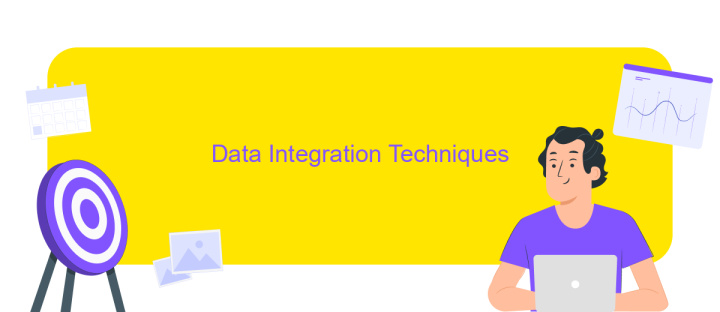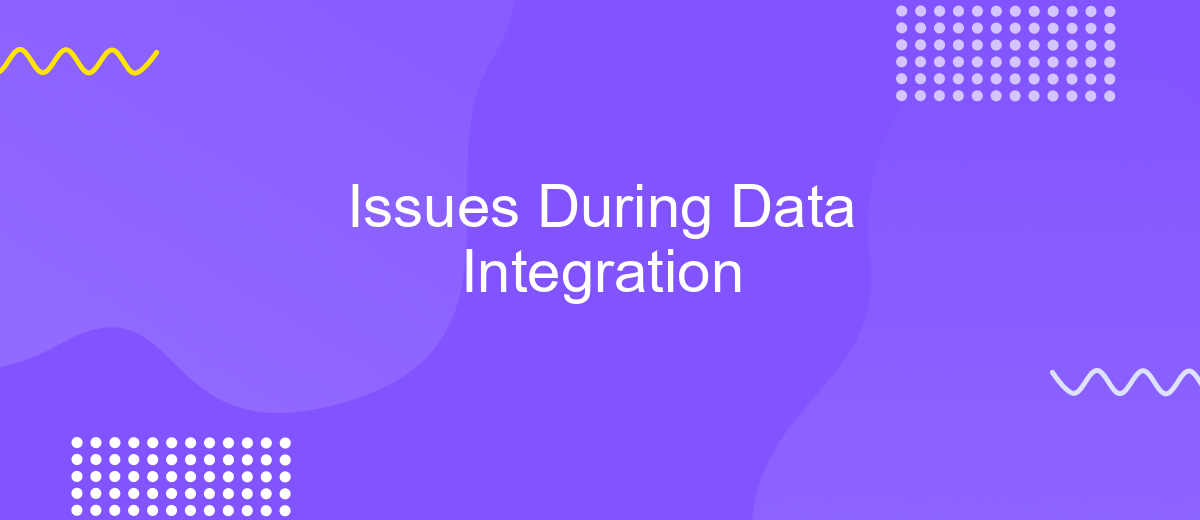Issues During Data Integration
Data integration is a crucial process for organizations aiming to consolidate information from diverse sources into a unified view. However, this process is fraught with challenges that can hinder its effectiveness. Issues such as data quality, inconsistent formats, and system incompatibilities often arise, complicating the integration efforts. This article explores these common issues and offers insights into overcoming them for successful data integration.
Introduction
Data integration is a critical process in modern enterprises, allowing for the seamless combination of data from various sources into a unified view. This process is essential for achieving comprehensive insights and informed decision-making. However, it is not without its challenges. Organizations must navigate a complex landscape of technical and organizational issues to ensure successful data integration.
- Data Quality: Ensuring the accuracy, consistency, and reliability of data from diverse sources.
- Data Silos: Overcoming isolated data repositories that hinder comprehensive data analysis.
- Compatibility: Addressing differences in data formats, structures, and standards.
- Scalability: Managing the integration of growing volumes of data efficiently.
- Security: Protecting sensitive data during the integration process.
Addressing these issues requires a strategic approach, leveraging advanced technologies and best practices. By understanding and mitigating these challenges, organizations can unlock the full potential of their data assets, driving innovation and competitive advantage.
Data Quality Issues

Data quality issues are a significant challenge during data integration processes. These issues can arise from various sources, including inconsistent data formats, missing values, and duplicate records. Inconsistent data formats can occur when data is collected from multiple sources that use different standards or units of measurement, leading to difficulties in merging datasets. Missing values can result from incomplete data entry or data loss during transfer, which can compromise the integrity and accuracy of the integrated data. Duplicate records, on the other hand, can inflate data volumes and skew analysis results, making it crucial to identify and resolve these redundancies.
Effective data integration requires robust solutions to address these quality issues. Tools like ApiX-Drive can facilitate this process by automating data transfer and ensuring consistency across different platforms. ApiX-Drive provides features for data validation, transformation, and deduplication, which help maintain high data quality. By leveraging such services, organizations can streamline their data integration efforts, reduce errors, and enhance the reliability of their datasets. Ensuring high data quality is essential for accurate analysis and informed decision-making, making it a critical aspect of any data integration strategy.
Data Integration Techniques

Data integration is a critical process in modern data management, enabling organizations to combine data from different sources into a unified view. Effective data integration techniques ensure seamless data flow, improved data quality, and enhanced decision-making capabilities. Below are some widely used data integration techniques:
- ETL (Extract, Transform, Load): This traditional method involves extracting data from various sources, transforming it into a suitable format, and loading it into a target system.
- ELT (Extract, Load, Transform): Similar to ETL, but the transformation occurs after loading the data into the target system, often used in cloud-based data warehouses.
- Data Virtualization: This technique allows real-time data integration without physical data movement, providing a unified view of data from multiple sources.
- Data Replication: Involves copying data from one database to another, ensuring data consistency and availability across different systems.
- API Integration: Uses APIs to enable seamless data exchange between different software applications, often in real-time.
Choosing the right data integration technique depends on various factors such as the volume of data, the complexity of data sources, and the specific requirements of the organization. Implementing the appropriate technique can significantly enhance data accessibility and usability, driving better business outcomes.
Challenges and Limitations

Data integration is a critical process in modern data management, yet it presents various challenges and limitations. One of the primary challenges is the heterogeneity of data sources, which often have different formats, structures, and semantics. This diversity complicates the integration process and requires sophisticated methods for data harmonization.
Another significant limitation is the quality of data. Inconsistent, incomplete, or inaccurate data can lead to unreliable insights and poor decision-making. Ensuring high-quality data across all sources is a continuous and demanding task that requires rigorous validation and cleansing procedures.
- Data security and privacy concerns
- Scalability issues with large datasets
- High costs of integration tools and infrastructure
- Complexity in maintaining real-time data synchronization
Finally, the integration process often involves significant manual effort and expertise, making it time-consuming and prone to human error. As organizations continue to accumulate diverse and voluminous data, addressing these challenges becomes increasingly crucial for effective data integration.
- Automate the work of an online store or landing
- Empower through integration
- Don't spend money on programmers and integrators
- Save time by automating routine tasks
Conclusion
In conclusion, data integration presents numerous challenges, ranging from data inconsistency and quality issues to complex system interoperability. These hurdles can significantly impact the efficiency and accuracy of business operations, making it essential for organizations to adopt robust strategies and tools to mitigate these issues. Proper planning, validation, and continuous monitoring are crucial steps to ensure seamless data integration and to maintain the integrity of the integrated data.
Utilizing advanced integration platforms like ApiX-Drive can greatly simplify the process, offering automated solutions that bridge the gap between disparate systems. ApiX-Drive's user-friendly interface and powerful features enable businesses to streamline their data workflows, ensuring real-time synchronization and reducing the risk of errors. By leveraging such tools, organizations can enhance their data integration processes, ultimately driving better decision-making and operational efficiency.
FAQ
What are the common challenges faced during data integration?
How can I ensure data consistency during integration?
What steps can I take to handle data duplication?
How can I automate data integration processes?
What should I do if I encounter data transformation issues?
Do you want to achieve your goals in business, career and life faster and better? Do it with ApiX-Drive – a tool that will remove a significant part of the routine from workflows and free up additional time to achieve your goals. Test the capabilities of Apix-Drive for free – see for yourself the effectiveness of the tool.


